-

TELEVISIONS
-

SOUNDBARS
-
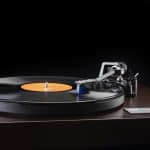
TURNTABLES & VINYL
-

HEADPHONES
-
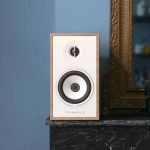
SPEAKERS
-

STEREO COMPONENTS
-

AV COMPONENTS
-
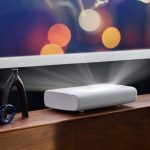
PROJECTORS
-

BLUETOOTH SPEAKERS
-

CABLES & ACCESSORIES
-

BRACKETS & STANDS
-

Non classé
![]() !!!!CALL US FOR YOUR SPECIAL PRICES NOW!!!!
!!!!CALL US FOR YOUR SPECIAL PRICES NOW!!!!
![]() !!!! CANADIAN OWNED AND OPERATED !!!!
!!!! CANADIAN OWNED AND OPERATED !!!!
×
Centre HIFI
Please select a province and a language below
- Headphones by Price

- Headphones by Type

- Headphones by Use

- Headphones By Brand

- Headphone Cables and Accessories

- Stereo Components by Price

- Stereo Components by Type

- Stereo Components by Brand

- Stereo Component Accessories

- TVs Above $3000
- TVs From $2000 - $2999.99
- TVs From $1500 - $1999.99
- TVs From $1000 - $1499.99
- TVs From $500 - $999.99
- TVs From $99 - $499.99
- Soundbars over $1,000
- Soundbars under $999
- Soundbars under $800
- Soundbars under $500
- Soundbars under $400
- Soundbars under $300
- Denon Soundbars
- JBL Soundbars
- Klipsch Soundbars
- LG Soundbars
- Samsung Soundbars
- Sennheiser Soundbars
- Sonos Soundbars
- Totem Soundbars
- Yamaha Soundbars
- All Soundbar Brands
- Cartridges and Accessories
- Direct Drive Turntables
- Belt Driven Turntables
- Automatic Turntables
- Turntables Over $700
- Manual Turntables
- Turntables Under $699
- All Turntables
- Headphones Over $500
- Headphones Under $500
- Headphones Under $250
- Headphones Under $100
- All Headphones
- Bluetooth Headphones
- Earbuds & In-Ear Headphones
- Noise Cancelling Headphones
- Over the Ear Headphones
- Wired Headphones
- All Headphones
- JBL Headphones
- Meze Headphones
- Sennheiser Headphones
- T+A Headphones
- Technics Headphones
- All Headphone Brands
- Speakers over $5,000
- Speakers under $4,999
- Speakers under $2,499
- Speakers under $1,000
- Speakers under $500
- Acoustic treatments
- Architectural Speakers
- Bookshelf Speakers
- Centre Speakers
- Floor Standing Speakers
- Home Theatre in a Box
- On Wall Speakers
- Outdoor Speakers
- Powered Speakers
- Speaker Cables
- Speaker Stands
- Subwoofers
- Wireless Multi-Room Speakers
- Gershman Accoustic
- JBL Speakers
- Kef Speakers
- Klipsch Speakers
- Marten Speakers
- Sonos Speakers
- SVS Speakers
- T+A Speakers
- Totem Speakers
- Triangle Speakers
- Wharfedale Speakers
- Yamaha Speakers
- All Speaker Brands
- Stereo Components Over $3,000
- Stereo Components Under $2,999
- Stereo Components Under $1,999
- Stereo Components Under $999
- Stereo Components Under $500
- Arcam
- Audiolab
- Bluesound
- Cambridge
- Denon
- EverSolo
- Sonos
- T+A
- Technics
- Yamaha
- All Stereo Component Brands
- JBL Bluetooth Speakers
- Samsung Bluetooth Speakers
- Sonos Bluetooth Speakers
- All Bluetooth Speaker Brands

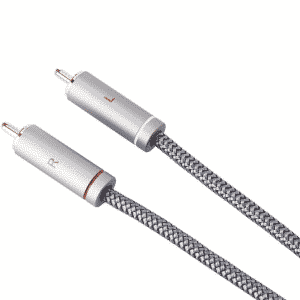


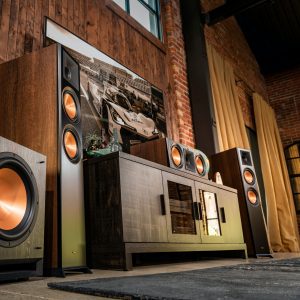











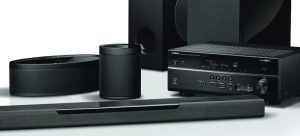


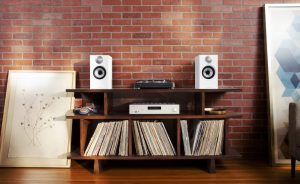
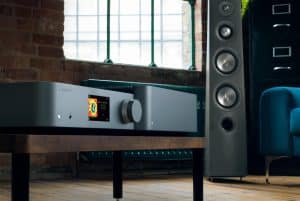

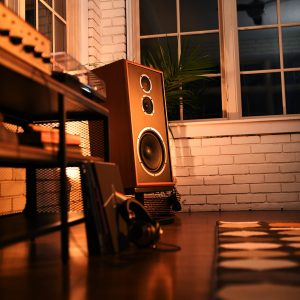
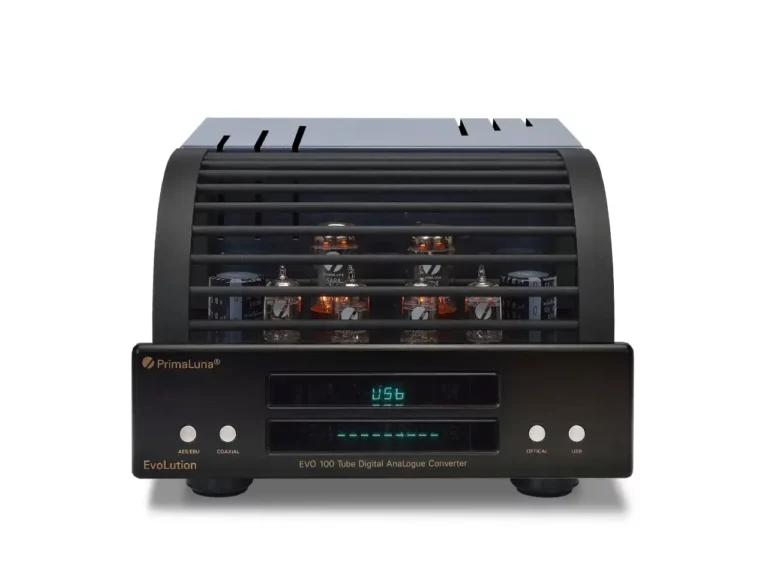

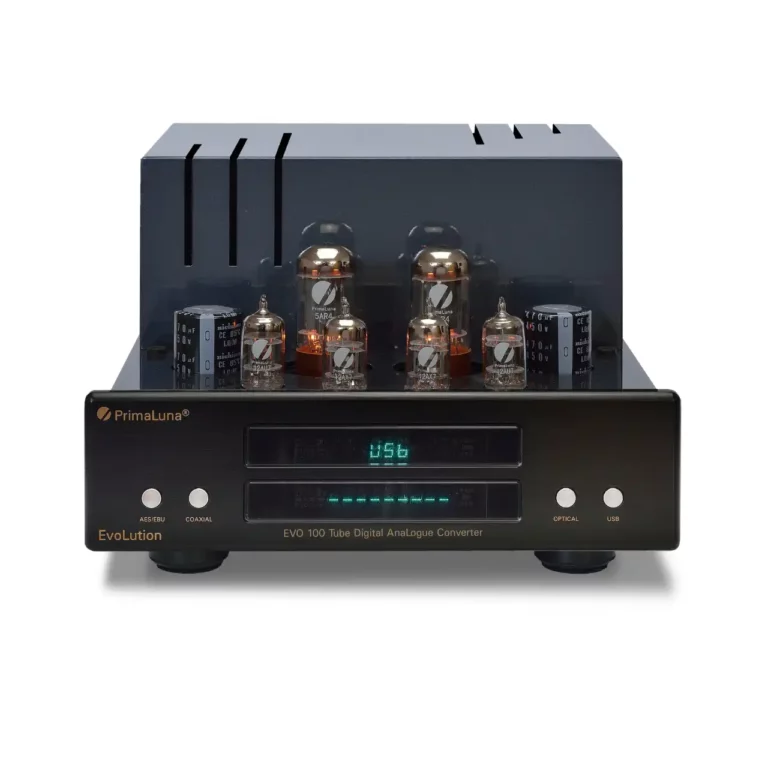

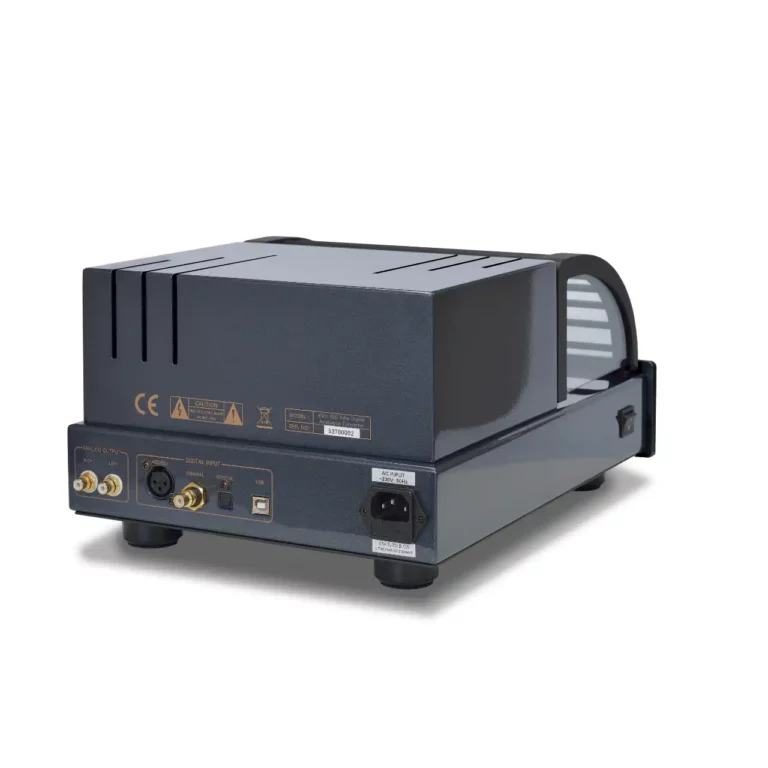
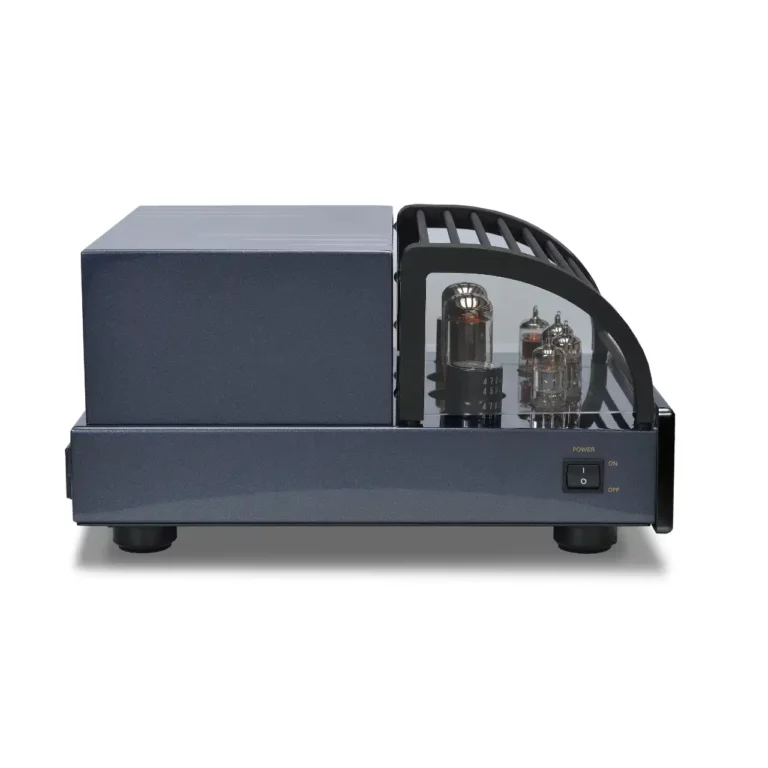

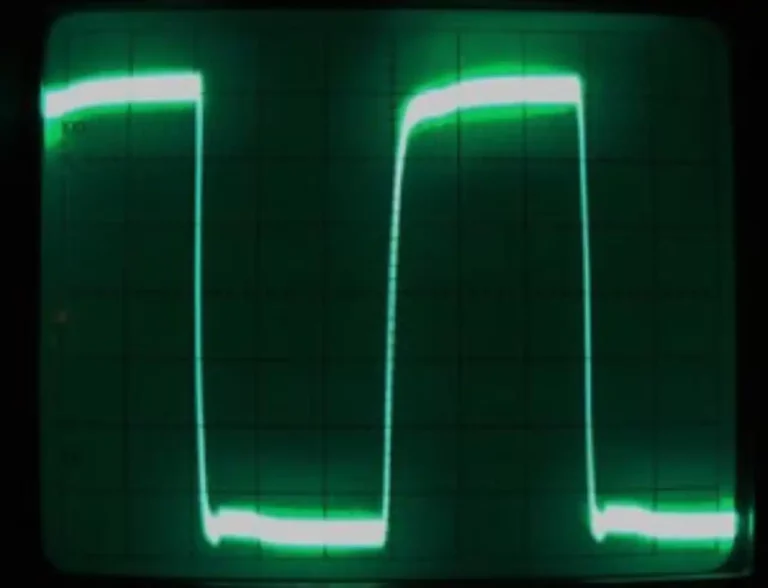
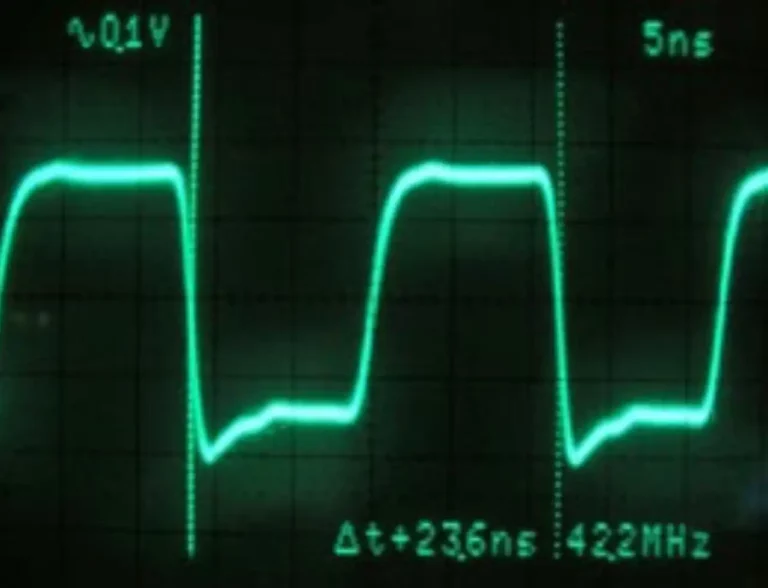
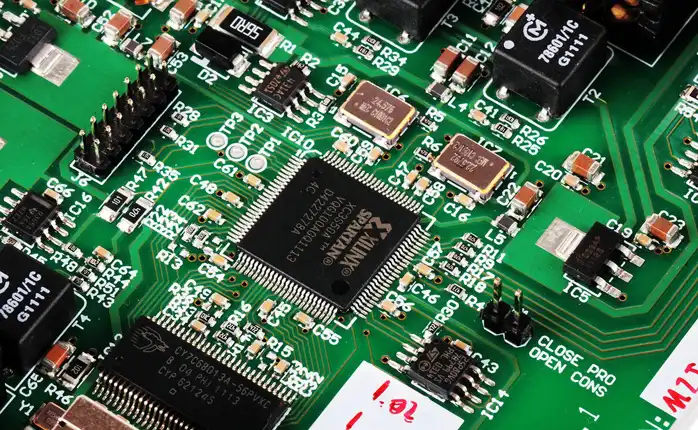
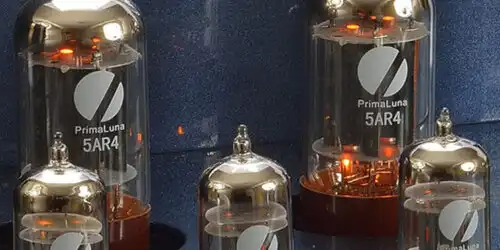

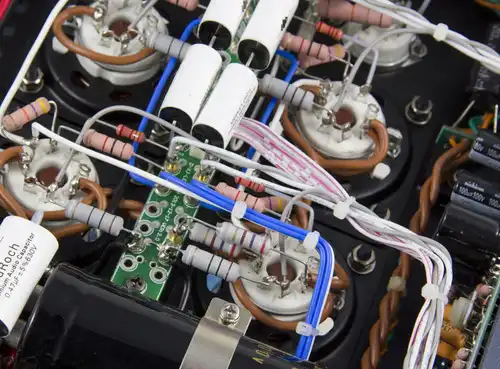
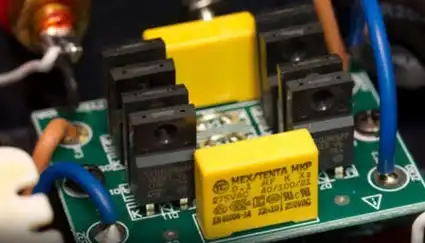
0
0 received reviews
Connectez-vous pour donner un avis